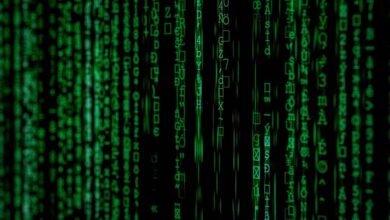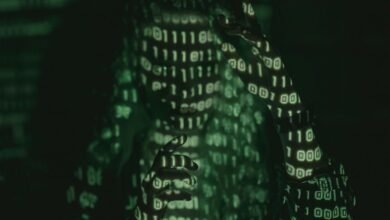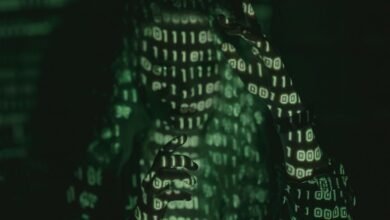The Static Timeline: 6892572269

The Static Timeline: 6892572269 presents a fixed framework for examining pivotal historical events. This chronological arrangement reveals significant occurrences and their consequences, while also highlighting the limitations of a singular perspective. By emphasizing key moments, it invites scrutiny of underlying trends within the historical narrative. However, this structured overview may obscure alternative viewpoints. What implications does this have for contemporary interpretations of history and our understanding of time itself?
Understanding the Concept of a Static Timeline
Understanding the concept of a static timeline involves a thorough examination of its characteristics and implications within various contexts.
Static frameworks define events in a fixed chronological order, presenting information without allowance for change or interpretation.
This rigidity can clarify historical sequences but may also limit the exploration of alternative narratives, thereby impacting the audience's perception of time and freedom within historical discourse.
Key Events in the Timeline: A Closer Look
While static timelines offer a clear representation of events, they also necessitate an examination of key occurrences that shape historical narratives.
The identification of pivotal moments reveals their historical significance within a chronological order, enabling a deeper understanding of their impact on subsequent developments.
This careful analysis highlights how specific events intertwine, collectively influencing the broader context of history and informing contemporary perspectives.
Analyzing Patterns and Trends Within the Data
How can the examination of patterns and trends within historical data enhance the comprehension of events depicted in static timelines?
By employing data visualization techniques, analysts can effectively highlight significant trends, revealing underlying connections and sequences.
Trend analysis further allows for the identification of recurring themes, fostering a deeper understanding of historical narratives.
This analytical approach empowers individuals seeking clarity and insight into their historical context.
Implications for Our Perception of Time and History
The examination of historical data not only sheds light on significant patterns but also influences contemporary perceptions of time and history.
This interplay shapes temporal perception, as individuals interpret past events within their historical context.
Understanding these implications allows for a more nuanced view of time, encouraging a flexible approach to history that embraces diverse narratives and fosters a sense of freedom in interpreting human experience.
Conclusion
In summation, the Static Timeline: 6892572269 serves as a guiding lantern, illuminating the path of historical understanding while gently veiling the complexities of alternative narratives. By presenting a curated sequence of events, it fosters a sense of clarity amidst the chaos of time. However, it subtly beckons the observer to appreciate the multifaceted nature of history, encouraging a deeper contemplation of the rich tapestry woven from diverse experiences and interpretations that shape our collective consciousness.





